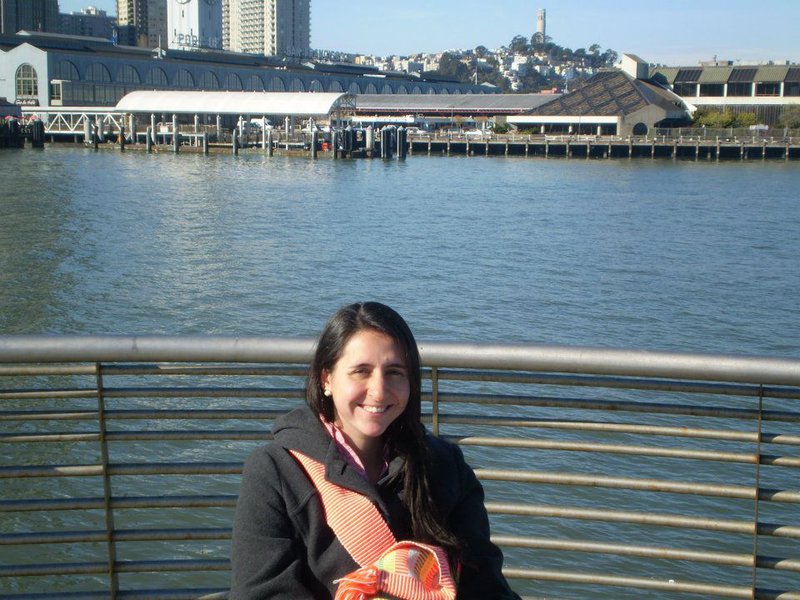Manuela Ochoa Ronderos

Attending this year’s CIMAM Conference in Singapore was a great opportunity to meet and share experiences with colleagues from all over the world. Singapore's cultural scene is vibrant and I feel very honored to have learned about its political context, its history and culture.
I was particularly interested in the discussion held on day 3, entitled “What do museums collect and why?”. Donna de Salvo’s speech on the curatorial process of America is hard to see (the inaugural exhibition in the Whitney Museum of American Art's new building) highlighted the complexity of the category “American art” and the challenges they had to face to discuss the art canon. The institutional thinking, in this case the Whitney Museum, made an important political statement by determining what and who can be called “American”. I was surprised to learn that plenty of the works on display had not been seen in decades or shown at all. I think it was a very smart decision to create a dialogue between well known modern art, contemporary artworks and folk art.
New acquisitions must respond to older ones in a critical and reflexive way. Adriano Pedrosa’s speech on the MASP’s collection and exhibitions was very thought provoking as well. MASP has a strong collection of European art and Pedrosa’s will to start gathering pieces from outside the European and the Brazilian canonical art history is just brilliant. I also really enjoyed getting to know more about the artworks of José Antonio da Silva and Maria Auxiliadora.
All of these discussions will -without a doubt- ignite ideas and inspire curatorial decisions in my professional career. I think that besides networking, one of the greatest elements of the CIMAM Conference is the opportunity to learn from other people’s experiences. Listening to both de Salvo’s and Pedrosa’s processes and challenges, helped me to get a better understanding of their institutions and the social responsibility they must assume.